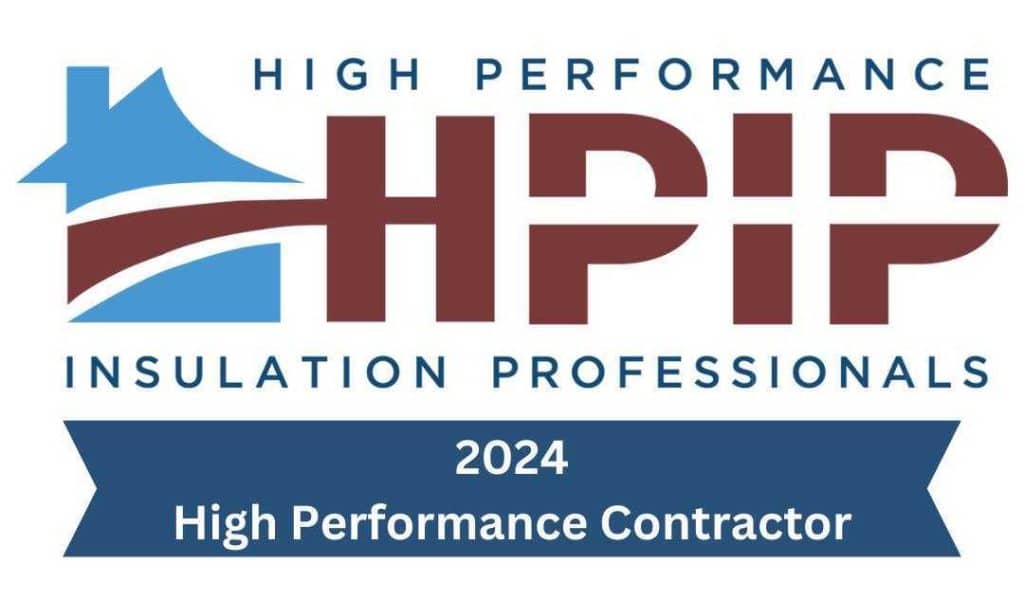The crawl space, an often-neglected element of a residential structure, plays a significant role in overall home comfort and energy efficiency. Improperly insulate a crawl space can contribute to many problems, including uncomfortable living conditions, increased energy bills, and potential structural damage. Fortunately, by implementing effective insulation strategies, homeowners can transform their crawl spaces into valuable assets, contributing to a healthier and more sustainable living environment.
Understanding the Importance of Crawl Space Insulation
Crawl spaces are a buffer zone between the conditioned living area above and the ground beneath. Uninsulated crawl spaces are susceptible to fluctuations in temperature and humidity, leading to several detrimental effects:
- Thermal Discomfort: Uncontrolled heat transfer from the ground can create cold floors in winter and uncomfortably warm living spaces in summer.
- Increased Energy Consumption: HVAC systems must work harder to maintain desired temperatures within the home, resulting in higher energy bills.
- Moisture Problems: Excessive moisture in crawl spaces can lead to condensation, mold growth, and potential structural damage. Mold spores can also infiltrate the living area, impacting indoor air quality and posing health risks.
- Increased Utility Costs: Frozen pipes due to insufficient crawl space insulation can lead to costly repairs and disruptions.
Essential Techniques for Effective Crawl Space Insulation
A multi-pronged approach is crucial for successful crawl space insulation. Here’s a breakdown of the vital techniques:
- Moisture Control: Addressing existing moisture issues is the foundation of any effective crawl space insulation strategy. This may involve identifying and repairing leaky pipes, improving drainage around the foundation perimeter, and installing a dehumidifier to control humidity levels.
- Rim Joist Sealing: Rim joists are the wooden beams that connect the foundation walls to the floor framing above. These areas are prime locations for air leaks, so meticulous sealing in these areas is essential. Utilize high-quality caulk or spray foam insulation to seal gaps or cracks between the rim joists and the foundation walls.
- Wall Insulation: Insulating the crawl space walls reduces heat transfer and enhances overall home temperature control. Rigid foam board insulation is popular due to its moisture resistance and excellent thermal performance, measured by R-value. Select a rigid foam board with an appropriate R-value based on your climate zone.
- Floor Insulation (Optional): While not always necessary, insulating the crawl space floor can improve energy efficiency and comfort. Depending on the application, batt insulation or rigid foam board can be installed between the floor joists. Before implementing floor insulation, consider factors like floor joist depth and existing floor covering.
- Vapor Barrier Installation: A vapor barrier installed on the crawl space floor helps prevent moisture from the ground from migrating upwards into the living area. Six ml polyethylene sheeting is a common choice for vapor barriers. Ensure proper installation by carefully overlapping seams and sealing them with high-quality duct tape.
- Maintaining Proper Ventilation: While minimizing air leaks is crucial, a certain degree of crawl space ventilation is still essential. Strategically placed screened vents near the foundation walls allow fresh air to circulate, which helps control moisture levels and prevent mold growth.

Additional Considerations for Optimal Results
Beyond the core techniques mentioned above, several additional factors can influence the success of your crawl space insulation project:
- Climate Zone: The appropriate R-value for insulation materials will vary depending on your geographic location and climate zone. To determine the optimal R-value for your needs, consult building codes or a qualified insulation professional.
- Existing Insulation: If your crawl space already has some insulation, assess its condition and effectiveness. In some cases, existing insulation may need to be replaced or supplemented with additional layers.
- Professional Expertise: While some homeowners may feel comfortable tackling crawl space insulation as a DIY project, consulting a qualified insulation contractor can be highly beneficial. Experienced professionals can assess your crawl space, recommend the most suitable insulation solutions, and ensure proper installation for optimal performance.
Benefits of Effective Crawl Space Insulation
By implementing these techniques and considerations, homeowners can reap a multitude of benefits from effectively insulate a crawl space:
- Enhanced Comfort: Consistent and comfortable home temperatures eliminate drafts and cold floors.
- Reduced Energy Costs: Lower energy bills due to improved HVAC system efficiency.
- Improved Indoor Air Quality: Reduced moisture and mold growth create a healthier living environment.
- Increased Home Value: A properly insulate a crawl space can increase the value of your home, making it more attractive to potential buyers.
Taking the Next Step Towards a More Efficient Home
The prospect of tackling a crawl space insulation project might seem daunting. However, the long-term benefits for your home’s comfort, energy efficiency, and overall value make it a worthwhile investment. Here are some helpful steps to get you started:
Conduct a Thorough Inspection: Thoroughly inspect your crawl space before embarking on any insulation work. Look for signs of moisture issues, such as mold growth, standing water, or damaged foundation walls. Assess the existing insulation (if any) for its condition and effectiveness.
Research Insulation Options: Familiarize yourself with the different insulation materials commonly used for crawl spaces, such as rigid foam board and batt insulation. When selecting, consider factors like R-value, moisture resistance, and ease of installation.
Consult a Qualified Insulation Contractor: Consider partnering with a reputable and experienced insulation contractor for optimal results. Look for contractors who specialize in crawl space insulation and strongly understand building science principles.
Finding the Right Insulation Contractor for Your Needs
Makeover Insulation is a team of dedicated insulation professionals serving homeowners in Dekalb, Fulton, Forsyth, Cobb, Hall, Walton, Barrow, Cherokee, Rockdale, and Clayton counties. We understand the unique challenges associated with crawl spaces and offer comprehensive insulation solutions tailored to your specific needs.
Our Services Include:
- Crawl space inspection and moisture control assessment
- Expert recommendations for the most suitable insulation materials and techniques
- High-quality insulation installation using industry best practices
- Commitment to customer satisfaction and long-term performance
Contact Us Today!
If you’re ready to transform your crawl space from an energy drain into a valuable asset, contact us today. We offer free consultations to discuss your crawl space insulation needs and answer any questions you may have. Call us at (404) 800-0300 to schedule an appointment and take the first step towards a more comfortable, energy-efficient, and healthy home.






